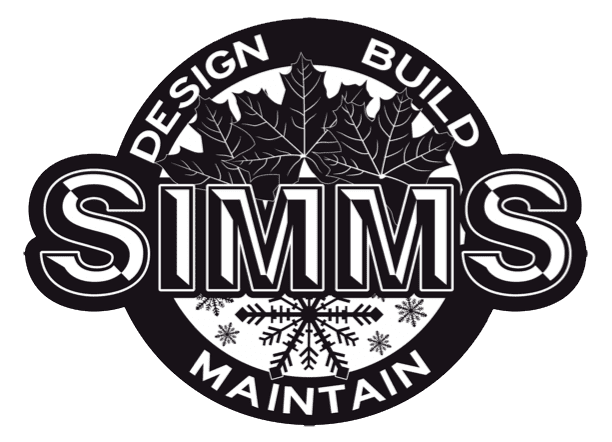Hidden costs usually show up in areas that weren’t discussed during the bid. Examples include site preparation (grading, hauling soil, or removing old materials), irrigation adjustments, or dealing with unexpected soil conditions like clay or rocky ground. Another common surprise is permit fees — in Utah, certain retaining walls, decks, or plumbing tie-ins require city permits. Plant warranties can also add costs if they’re not included in the initial estimate. Ask directly if the contractor charges for design revisions, change orders, or extra visits after the job is complete. Materials price fluctuations are another factor; contracts should state how increases will be handled. The best way to avoid hidden costs is to insist on a detailed, line-item proposal that spells out exclusions. If a bid seems vague or unusually low, it may be missing critical items. Always ask, “What might come up that’s not included here?” A professional landscaper should be candid in their response.
What hidden costs am I not thinking about from a landscaping company?
Related FAQs
-
What happens if the landscape company doesn’t finish on time?
Delays can happen, but the way a company handles them shows their professionalism. A solid contract should include an estimated…
-
What’s likely to go wrong first with new landscaping?
The first year is the most fragile for new landscapes in Utah. Plants may fail if irrigation isn’t adjusted correctly…
-
Should a landscape contractor be bonded? Is that required?
In Utah, bonding is not always required for every landscape project, but it’s a strong sign of professionalism. A bond…
